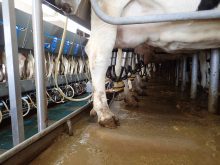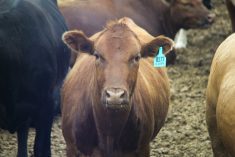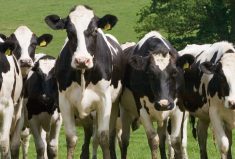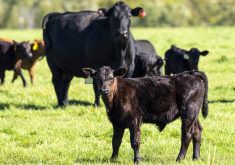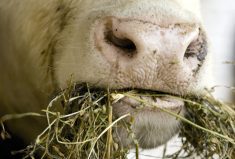David Fisher isn’t shy about sharing his thoughts on the Trans-Pacific Partnership.
“Take out the Canadians and it’s going to go well,” said the longtime dairy farmer, speaking to a group of international journalists on his farm near Hamilton, New Zealand.
The frustration felt by producers like Fisher, as well as those involved in negotiating the Trans-Pacific Partnership, is palpable across the South Pacific nation.
“Certainly for dairy, we never got what we wanted,” said the country’s minister of primary industries, Nathan Guy. “On any free trade agreement we never get entirely what we hoped for, on this one we hoped for tariff elimination… and we couldn’t get it. We were up against highly protected countries in terms of the U.S., Canada and Japan.”
If dairy producers in Canada and New Zealand have any common ground, it may be that they are universally disappointed in the outcome of the trade negotiations.
“We are not happy that access was given to Canadian dairy,” said David Wiens, Dairy Farmers of Manitoba chairman, but he added that given the demands of New Zealand’s negotiators, the concessions could have been much greater.

Which numbers?
But the numbers tied to the multilateral agreement are already creeping upward. Initially, the trade agreement was believed to grant access to 3.25 per cent of the Canadian dairy market, but new numbers based on a full text of the agreement present a slightly different picture.
“The government estimate was 3.25 per cent of the Canadian — butterfat — projected production for 2016,” said a spokesperson for Dairy Farmers of Canada. “With an additional understanding of the method used by government to arrive at this estimate, DFC estimates that the impact will amount to between 3.4 per cent (3.37 per cent) and four per cent (3.97 per cent) of the 2016 production forecast, and the associated revenue loss to amount to between $190 million and $246 million a year.”
Others have put the total market share opened by the agreement as high as 18 per cent.
However, that isn’t a number that Wiens puts any stock in.
Neither does New Zealand’s Trade Minister Tim Groser, who has been the country’s chief negotiator for the Trans-Pacific Partnership.

“I can understand why producer groups would wish to perceive this in a different way, but this is not the end of supply management,” he said. “I don’t think anyone in Canada will be able to sustain the idea that this is the end of the Canadian dairy industry and supply management.”
In early October, Canada’s then-Conservative government pledged up to $4.3 billion over 15 years in income protection, quota value guarantees and marketing funds for supply-managed sectors like dairy and poultry. The new Liberal government appears ready to accept both the trade deal as negotiated by its predecessor and the promised compensation package, although there has yet to be official confirmation.
“I hope the Liberals come to their senses with this thing,” said Bruce Muirhead, a professor at the University of Waterloo who has studied both Canada’s and New Zealand’s dairy industries. He would like to see the government back away from the trade agreement, which has yet to be ratified, but said it’s hard to know if that kind of move is possible at this late stage of the trade deal.
Read Also
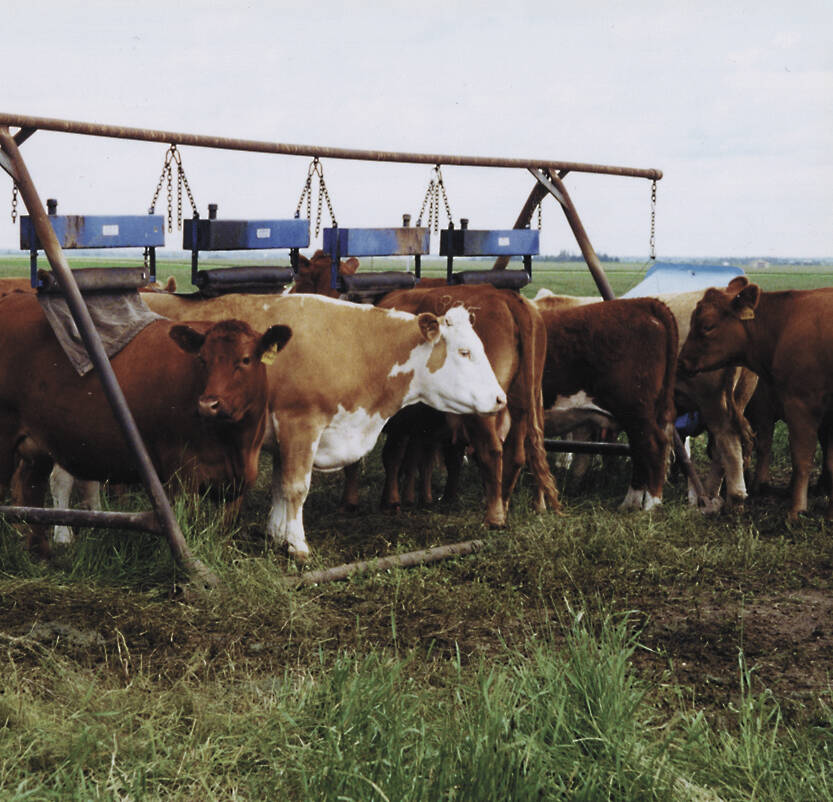
Shifting standards on cattle parasite control
Parasite product resistance has more farmers and veterinarians thinking differently about how to control issues like lice or worms.
“I think overall the TPP would be a disaster for Canadian dairy,” he said, stressing it has the potential to do serious damage to Canada’s rural economy where supply management is concerned.
Cumulative access
Muirhead notes that will be in addition to the two per cent access already given in Canada’s Comprehensive Economic Trade Agreement with the European Union, and the roughly 10 per cent of dairy imports Canada already receives.
Andrew Jackson of the Broadbent Institute is also concerned about the impact the Trans-Pacific Partnership will have, not just on Canadian dairy products, but the entire Canadian economy.
It “is likely to be damaging to our future prosperity by reinforcing our overreliance upon low value-added exports of raw and semi-processed resources, and by further increasing our chronic deficit in the trade of sophisticated manufactured goods and advanced services,” writes Jackson, an adjunct research professor at Carleton University’s Institute of Political Economy.
Milk is greener on grass
But New Zealand’s argument for a tariff-free dairy market isn’t just about exporting milk, it’s also about selling an environmental message that backs up its export economy.
Jacqueline Rowarth, a professor of agribusiness at the University of Waikato, is clear in her distain for Canada’s supply-managed sectors and has said Canada should take a world view when it comes to dairy production.
“I wouldn’t say it’s very easy to make statements about other countries, without actually considering what might be best for the world,” said Rowarth, adding she believes New Zealand can produce milk with less of an environmental impact than Canada can.
“We’re competitive with the rest of the world,” she said, adding that includes the greenhouse gases generated by shipping dairy products across the globe.
“We’re still able to look at greenhouse gases, which include the fuel component and we can compete with any other country in the world,” said the professor.
It’s a claim that leaves Wiens skeptical.
“The carbon footprint of one kg of Canadian milk is 1.01 kg of carbon dioxide equivalent, and this is comparable to other countries, like New Zealand,” Wiens said. “They’re at 0.9 kg, and that doesn’t include them getting their product here, that’s just to produce it in their country.”
France is at one kilogram and Sweden at 1.1 kilogram, he added, noting that since about 1990, greenhouse gas emissions from the Canadian dairy industry have gone down one per cent per year.
— With files from Alex Binkley



